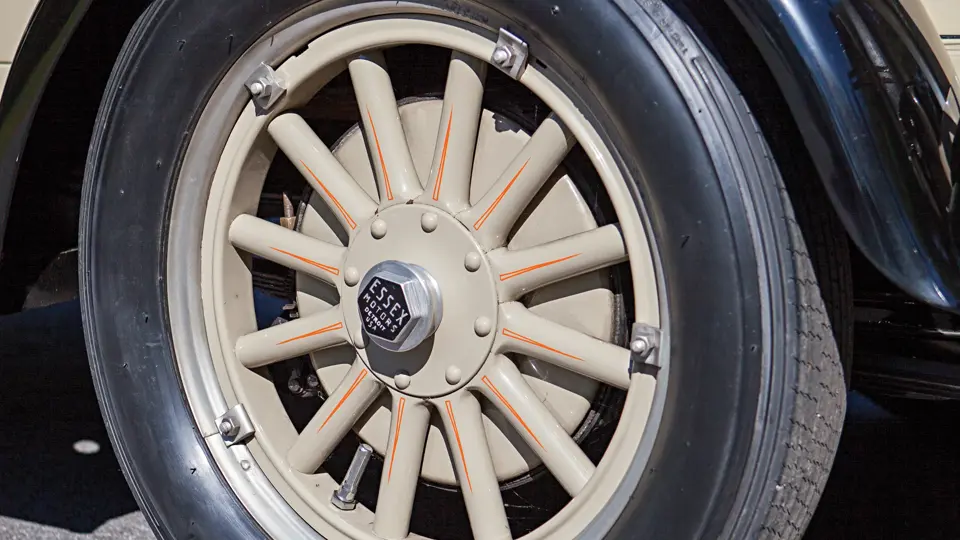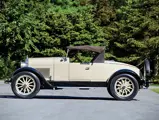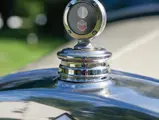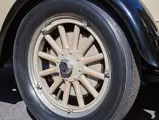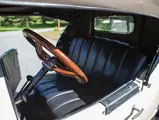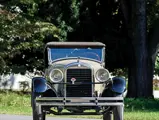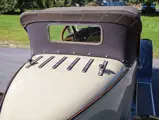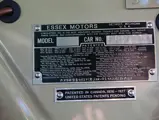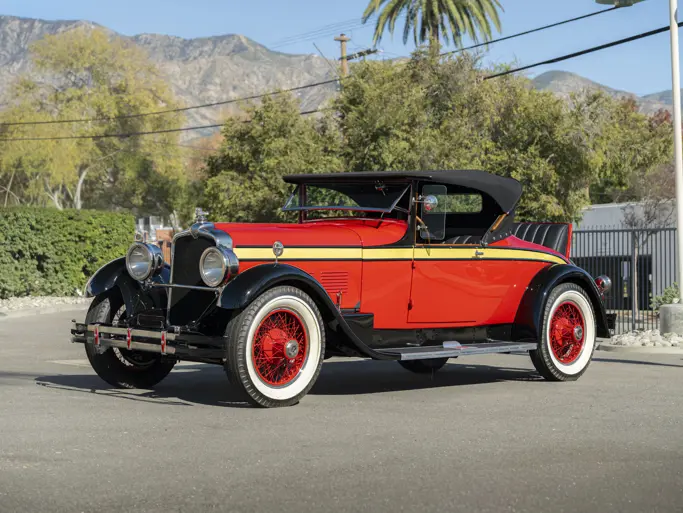
1927 Essex Super Six Speedabout by Biddle & Smart
{{lr.item.text}}
$49,500 USD | Sold
{{bidding.lot.reserveStatusFormatted}}
- One of the most desirable boattail speedsters of its era
- Beautifully styled and constructed coachwork
- Former AACA National First Prize winner
- Fewer than a dozen known to exist
55 bhp, 153.2 cu. in. L-head inline six-cylinder engine, three-speed manual transmission, solid front axle, semi-floating rear axle, and four-wheel mechanical brakes. Wheelbase: 110.5 in.
Between World War I and the Great Depression, it was trendy for high-end automakers to introduce “junior marques,” which offered the same quality and beautiful design as the larger models, but in a smaller and more affordable form. The Essex, designed by Hudson as a smaller Super Six, featured a smooth four-cylinder engine, but they were later replaced by a powerful six. Essex eventually gained a reputation for its fine quality, reliability, and interior room, and until sailing into the rudders of the economic downturn in 1929, it remained one of America’s most popular mid-priced cars, for good reason.
The most exciting Essex built in this period was the Super Six Speedabout, which was introduced in 1927. It was bodied by Biddle & Smart, the Massachusetts coachbuilder that supplied many limited-production bodies, and it boasted a sleek “boattail” with a full leather interior. Underneath, special gear ratios were fitted, and those, combined with the 55-horsepower engine, resulted in the Speedabout traveling a reported 80 mph.
The Essex Speedabout was reportedly built as a “halo car,” to draw customers into showrooms and auto show displays, where they would then purchase a more economical sedan or coach. The exact number produced is not known, but it is certainly very few, and reportedly, fewer than a dozen survive today; some of which are held in permanent museum collections.
The car offered here, from the first year of Speedabout production, benefited from a full ground-up restoration, and it has received an AACA National First Prize. It has been well-maintained over the years and is now, perhaps, best suited to exciting driving, which is, of course, what the Speedabout was built for. Its wonderful, subtle color scheme is accentuated by leather door panels that wrap over the doors, as in a biplane, as well as a rear-mounted spare and artillery wheels.
This car is one of the most important Essexes, and it is among the most desirable today. It offers a rare opportunity for the discerning enthusiast of 1920s automobiles to speed about in high style. This may be your only chance to own one of the most stylish vehicles of the era.
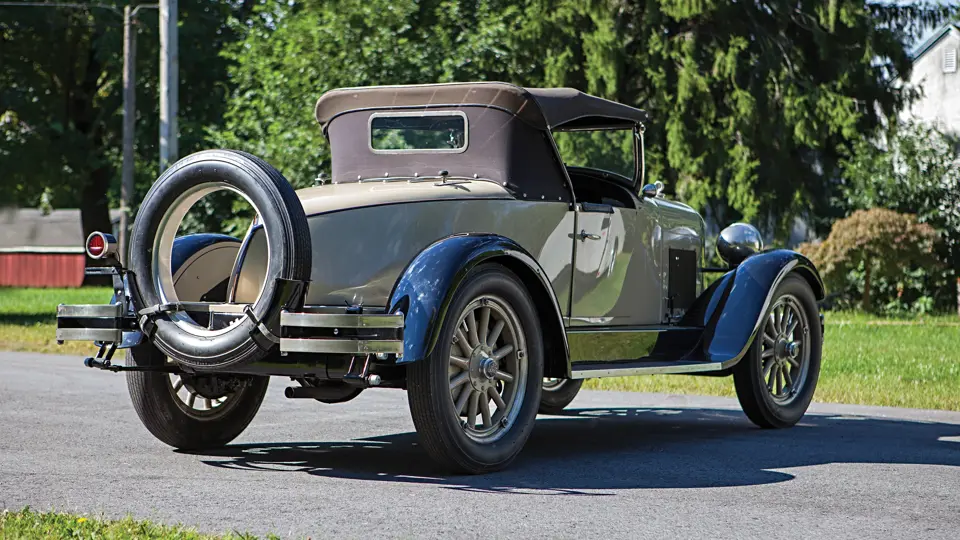

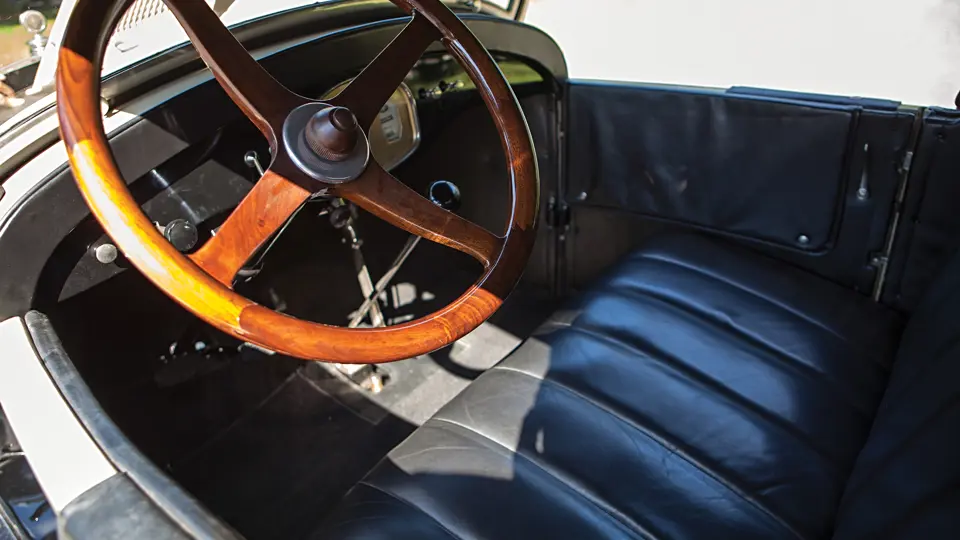

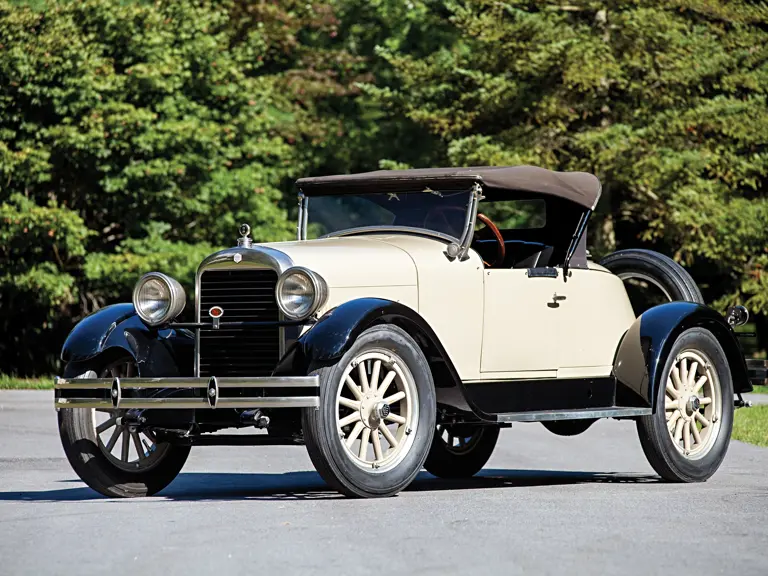
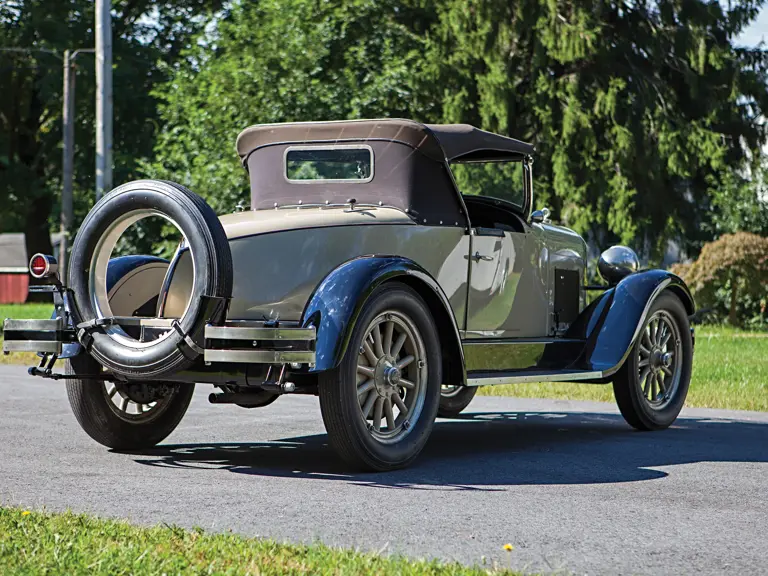
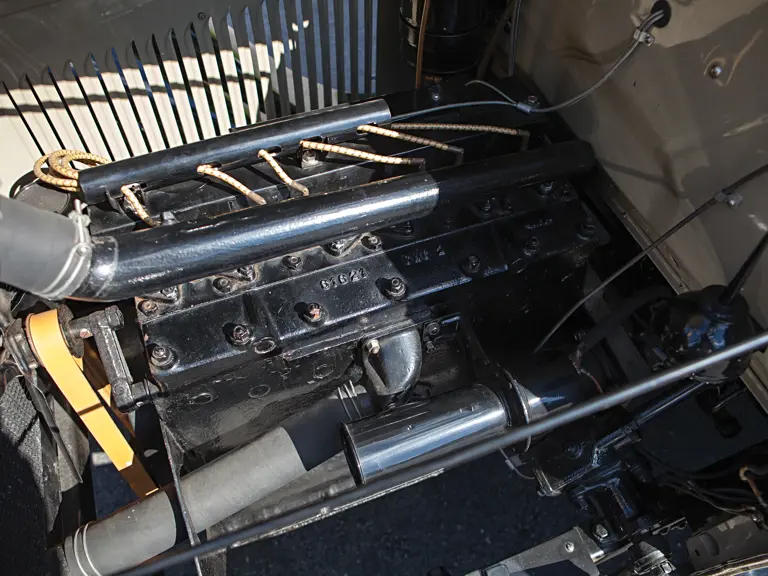

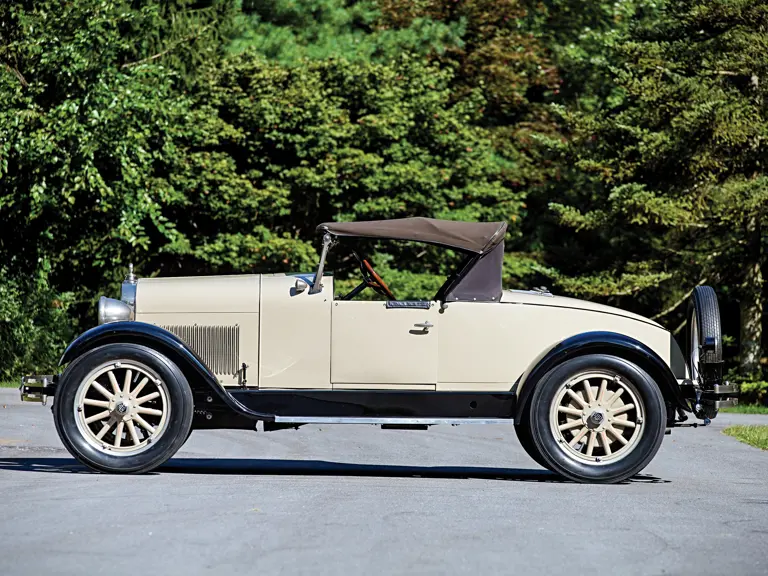

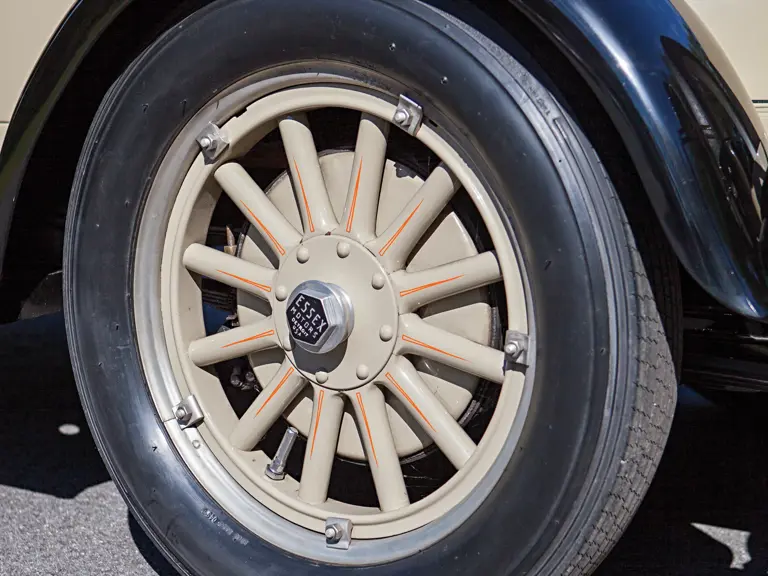

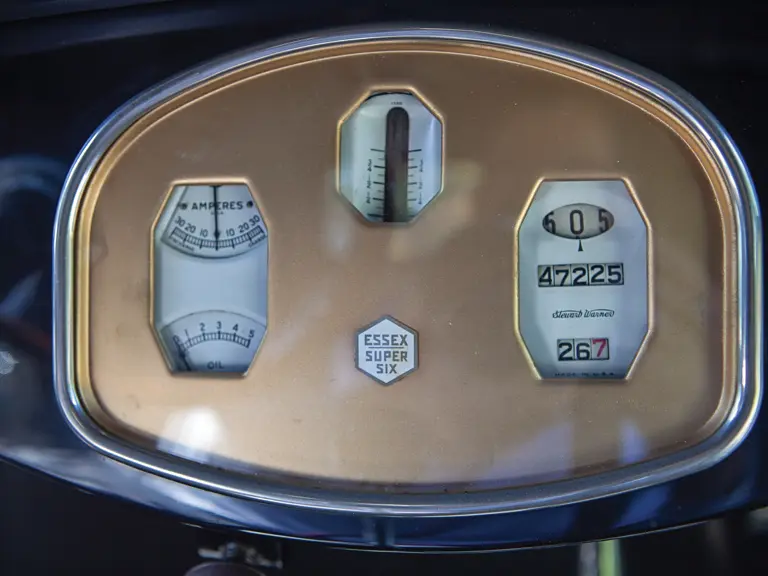
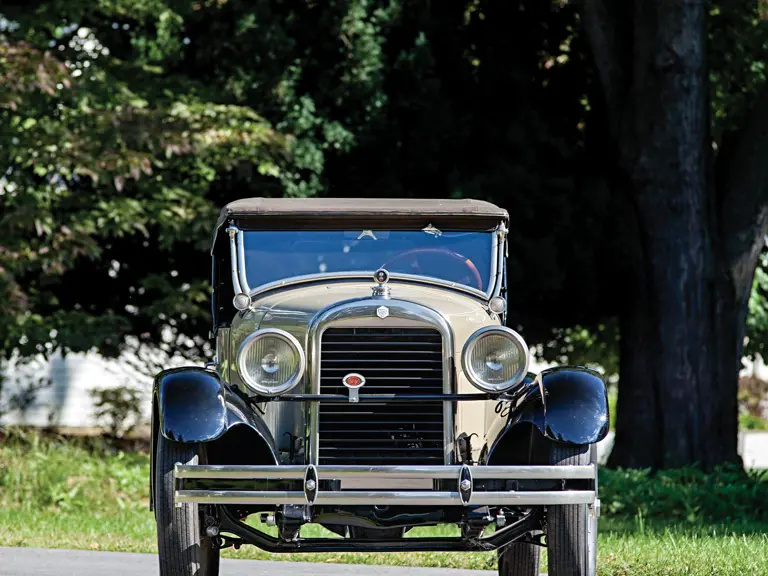
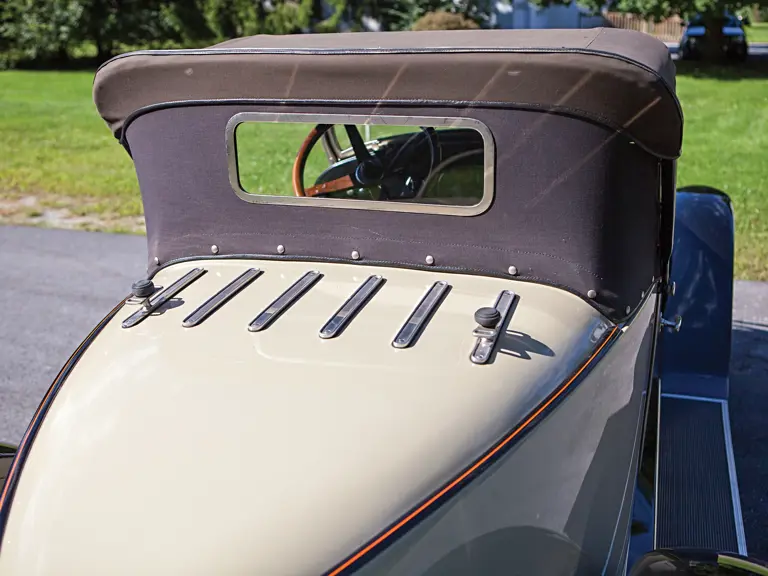

 | Hershey, Pennsylvania
| Hershey, Pennsylvania


